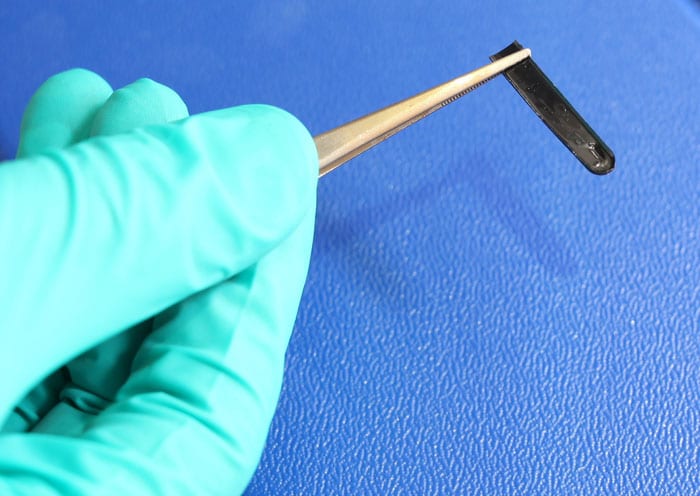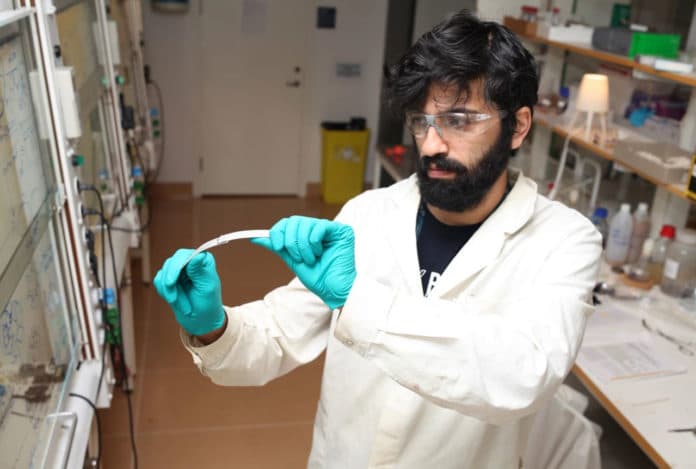Most thermosetting resins offer robust performance in today’s demanding applications, but unfortunately, these synthetic plastics are produced from non-renewable resources and are difficult to recycle. Now, researchers at Stockholm University have developed a resource-efficient method to produce new lignin-based materials that can be thermally reprocessed and used to substitute thermosetting resins and adhesives.
Lignin is a type of organic polymer that makes up most of the supporting tissue in plants, including trees. It is also a byproduct of the pulp and paper industry, where it is mainly burned to recover chemicals and heat. However, there is a strong push to use lignin as a building block for new value-added materials that serve as carbon stocks during their lifetime.
The team used lignin as the renewable raw material in a catalyst-free reaction with a non-toxic chemical derived from ethylene glycol to create a new material with characteristics much like those of traditional thermosetting resins.

The resulting black and plastic-like material could be casted into various shapes using conventional techniques such as injection molding. It can be used several times, retaining a mechanical strength that is described as being comparable to that of existing engineered plastics. In addition, the material performance could be tailored from hard and brittle to soft and tough simply by changing the amount of lignin used in the formulation.
This lignin-based material also exhibits excellent performance as recoverable adhesives for different substrates such as aluminum and wood. In addition, recyclability of the vitrimer adhesives showed preservation of the adhesion performance exceeding 90%, indicating a promising potential for their use in sustainable circular materials.
“This is an excellent demonstration of the possibilities that lignin holds as a valuable feedstock. The material that we developed is perfectly in line with the current move towards sustainable circular materials. Owing to its design consisting of so-called dynamic covalent bonds, the material can be formed over and over again by relatively mild heating”, Assistant Professor Mika Sipponen explains.
